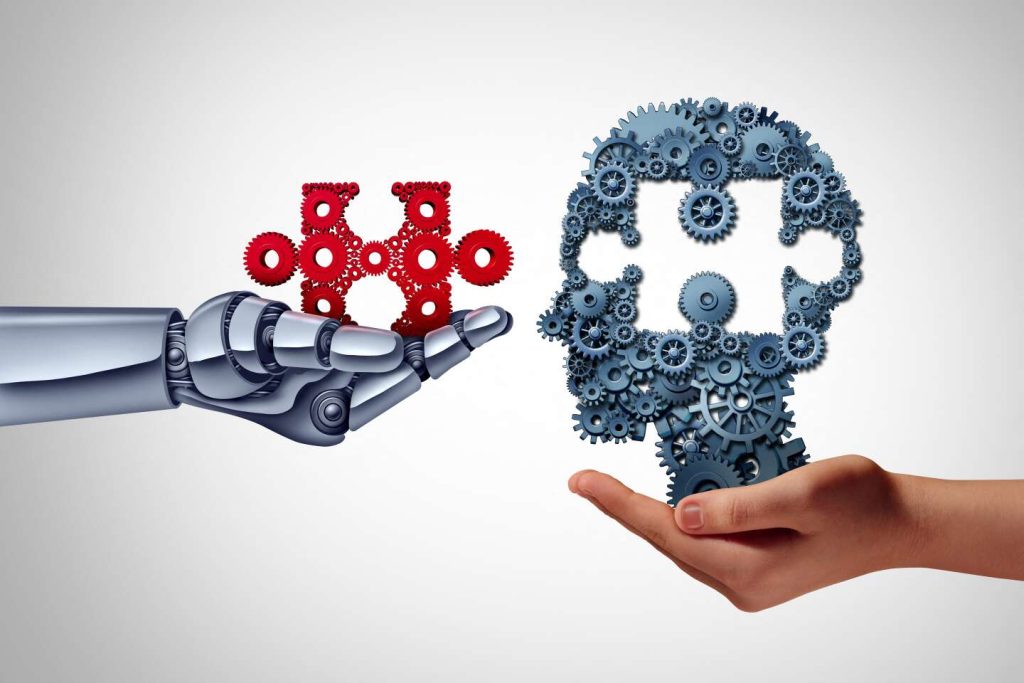Artificial Intelligence (AI) is a topic that is constantly in the news, with discussions about investments from tech giants, new services, and concerns about the real or perceived risks of this technology. Economists are beginning to question whether there is an AI bubble, similar to the dot-com bubble of the late 1990s. The recent deployment of intelligent generation algorithms, such as ChatGPT or Midjourney, has changed the public perception of AI. However, the concept of a machine imitating the brain is not new, dating back almost as far as the field of computer science itself.
AI is a multidisciplinary scientific field that aims to reproduce human skills such as reasoning, planning, and problem-solving through computer algorithms. The term “artificial intelligence” was first introduced in 1956, based on the work of French positivist philosopher Hippolyte Taine. Some prefer to use terms like “advanced computing,” “algorithmic computing,” “augmented intelligence,” or “auxiliary intelligence” to better define the expectations surrounding AI.
The recent growth in AI can be attributed to several factors, including the development of convolutional neural networks (CNN), the availability of powerful graphic cards for data analysis, and the abundance of big data. These advancements have led to the creation of various AI solutions, both professional and consumer-facing, that serve as showcases for the field.
One type of AI that has gained popularity in recent years is generative AI, which can create original content for industries like film, video games, and advertising. While these algorithms may seem magical, they are essentially tools created by humans and do not possess the capability to invent independently. Their advantage lies in their ability to generate new content that did not previously exist.
AI applications are becoming increasingly diverse, with uses ranging from personalized search engine results and predictive email responses to weather forecasting and medical image analysis. While AI has the potential to enhance various aspects of society, there are also risks associated with its use, such as algorithmic biases, hallucinations, and vulnerabilities that can be exploited by malicious actors.
While AI has the potential to imitate certain aspects of human intelligence, it lacks true consciousness or emotional capabilities. There are different theoretical levels of AI, ranging from superintelligence surpassing human cognitive abilities to weak AI that can perform specialized tasks within defined parameters. At present, most AI applications fall into the category of weak AI, which are functional but not truly intelligent in the human sense.
As AI continues to evolve and be integrated into various aspects of society, it is essential to consider the risks and ethical implications of its use. Organizations and policymakers are advocating for clear international regulations to govern the responsible and ethical deployment of AI technologies. The potential benefits of AI are vast, but careful consideration is needed to ensure that its development and implementation align with the values and goals of society.


